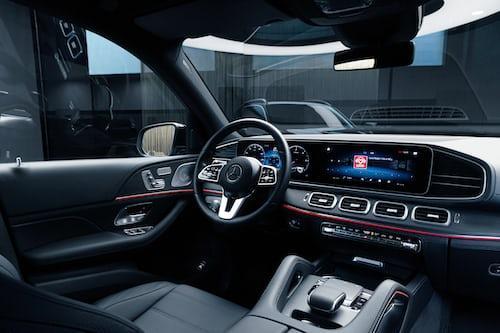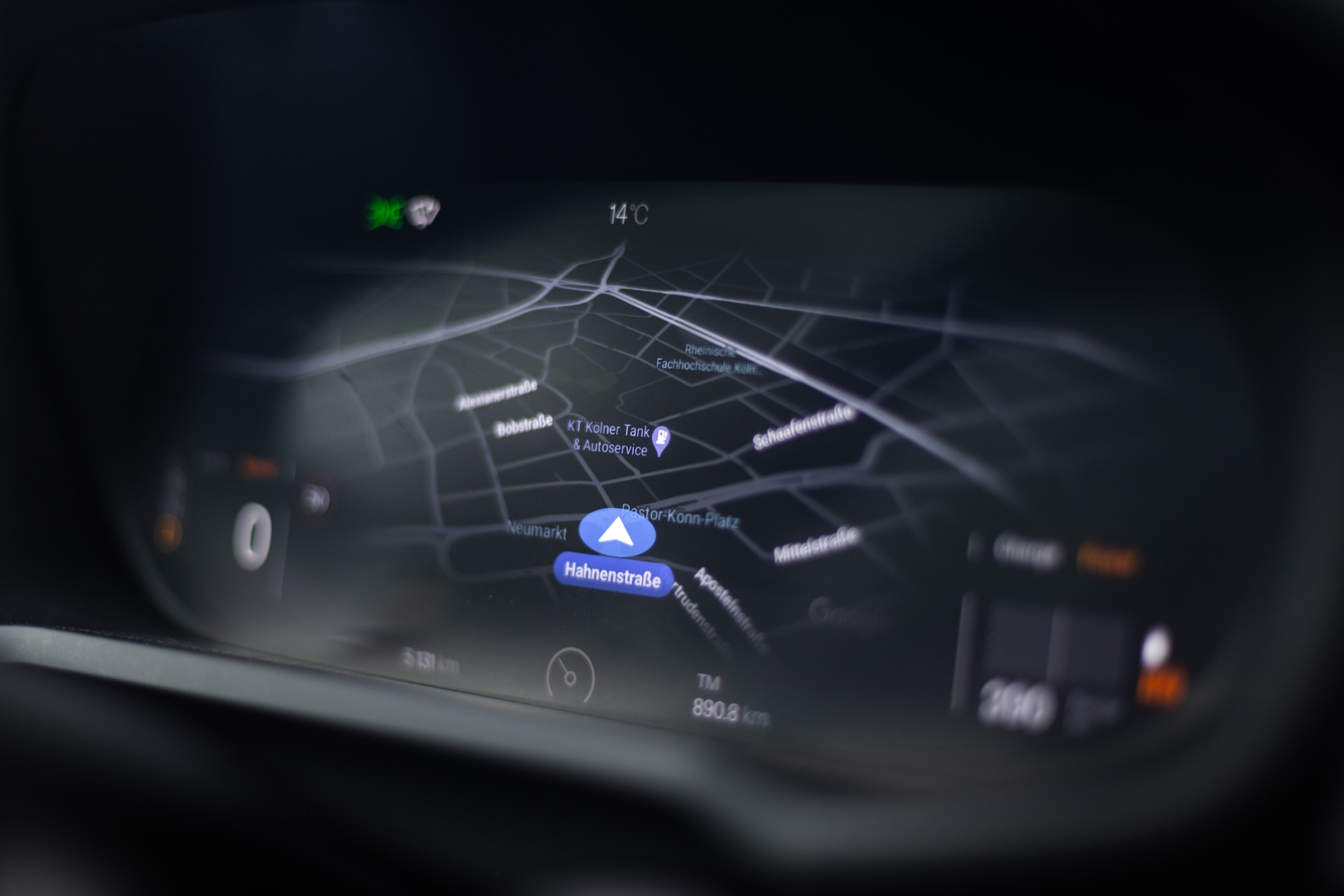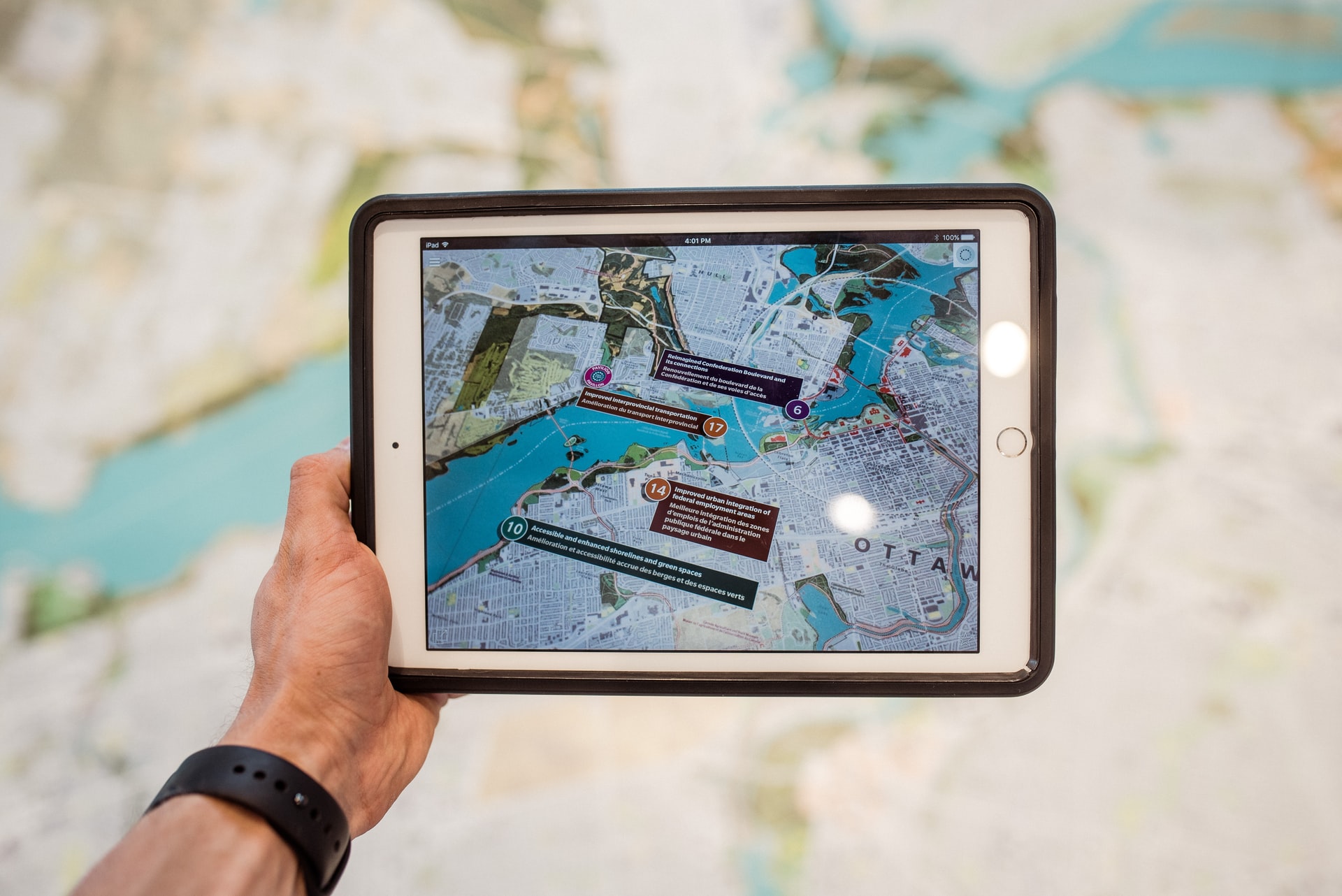When they first came out, navigation systems were a luxury item only available in high-end cars. But now, navigation systems are increasingly available in mid-range cars. Additionally, many different options exist now, such as portable systems, smartphones, and aftermarket stereo navigation systems. So should you get one?
Benefits of Navigation Systems
Navigation systems can be incredibly helpful if you do a lot of driving or if you’re not familiar with an area. They can save you time and help you find the fastest route to your destination. Navigation systems also make it easier to find your way around unfamiliar terrain. Overall, technologies like this and FaxVIN checks make drivers’ lives much easier.
Another benefit of navigation systems is that they can alert you to things like speed limits, construction zones, and other important information. This can be especially helpful in unfamiliar areas where you don’t know the roads or the local laws and regulations.
Navigation systems also make it easier to plan a route since they can provide turn-by-turn directions. This allows you to plan a route that is the most efficient and direct way to get where you want to go.

Drawbacks of Navigation Systems
One downside of navigation systems is their cost. Depending on the type of car and system, these systems can cost anywhere from a few hundred dollars to several thousand.
Another downside is that navigation systems rely on GPS signals, which can be unreliable. This means the system may not always provide you with accurate information or may become completely unusable if there are technical issues.
Finally, some navigation systems require a subscription fee in order to use them. This can add more cost to the already expensive systems.
Types of Navigation Systems
There are several different types of navigation systems available. Many cars now have built-in navigation systems, which are typically the most expensive option. There are also aftermarket navigation systems that you can buy and install yourself or have a professional install for you.
These systems range in price from relatively affordable to very expensive. The more expensive ones tend to have more features and better accuracy.
Portable navigation systems are also available. Most of the time, a smartphone or tablet is used as the screen for these systems, which are often cheaper than built-in or aftermarket systems. Finally, there are smartphone apps and online mapping services that offer navigation capabilities. These are usually the most affordable options.

Which Is the Best?
Ultimately, the best navigation system for you depends on your needs and budget. If you do a lot of driving and want a reliable system with many features, a built-in or aftermarket navigation system might be worth the cost. But if you just need occasional help finding your way around an unfamiliar area, then a portable navigation system or smartphone app might be the best option.
The Bottom Line
Whether or not you should get a navigation system in your car depends on your budget and needs. If you do a lot of driving or spend time in unfamiliar areas, then a navigation system can be incredibly helpful. However, if you’re looking for something more affordable or don’t need the extra features, then you may want to consider other options.
















